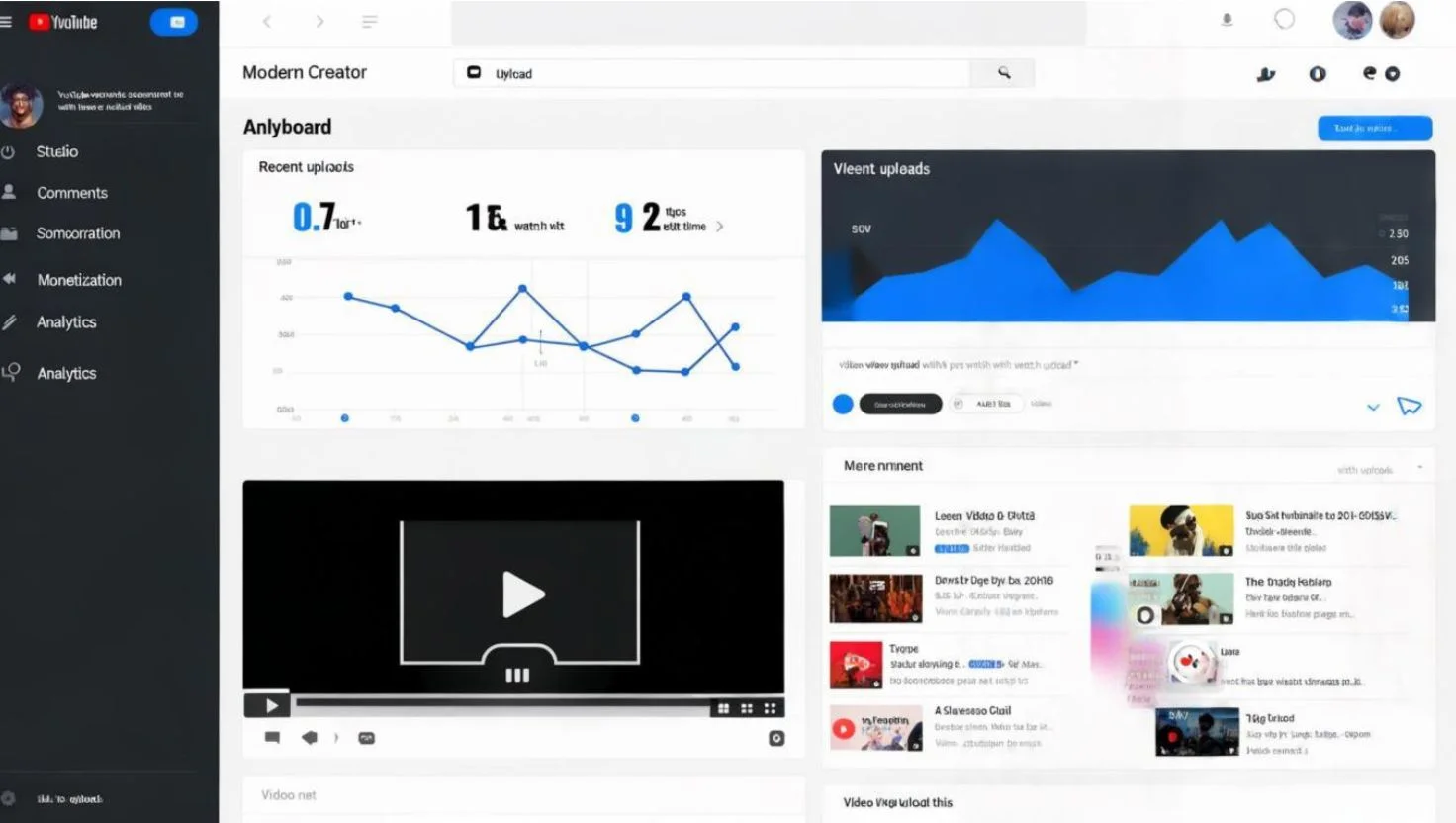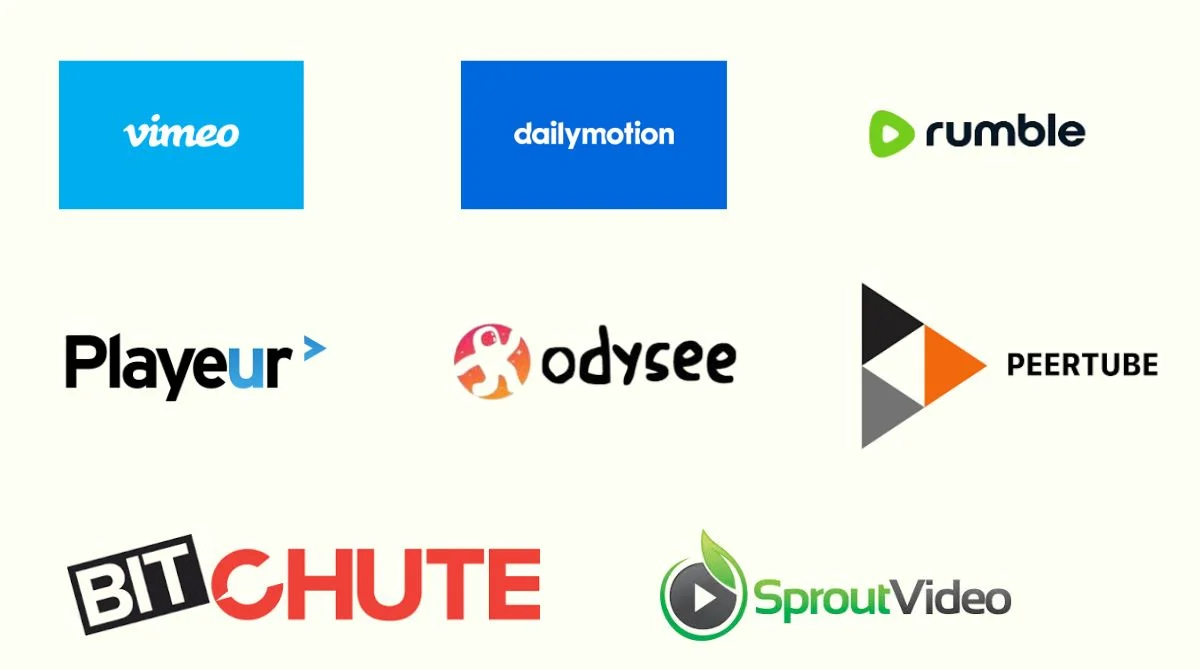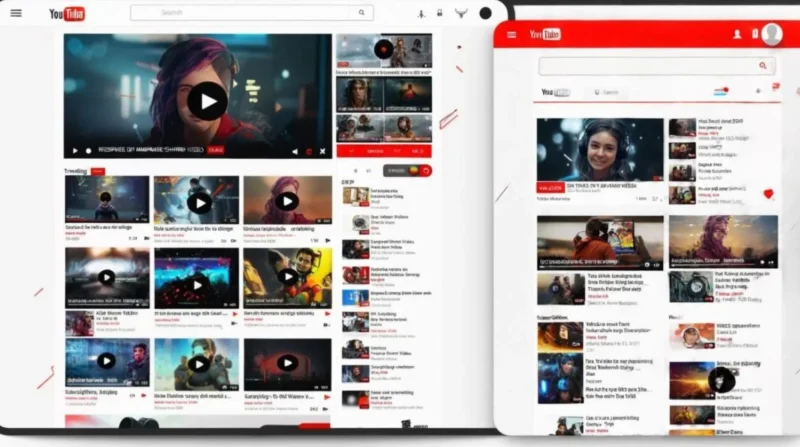Table of Contents
YouTube-like websites are online platforms where users can upload, watch, and share video content, functioning similarly to YouTube but often with unique features, audiences, and policies. These alternatives welcome a variety of creators from professionals and hobbyists to educators and offer choices that can better match your style, audience, or goals. This guide will help you understand how they work, why they matter, and which ones are worth exploring.
What Defines a “YouTube Like Website”?
At their core, YouTube-like websites share these basic features: user account creation, video uploads, public or private viewing, community interaction (likes, comments, subscriptions) and search or discovery functions. Yet, they differ in keyways:
- Monetization models: Some focus on ad revenue, others on subscriptions or direct fan support.
- Content rules: Policies may be more relaxed, stricter, or niche-focused.
- Target audience: From global consumers to professionals or niche interest groups.
- Tech structure: Some use peer-to-peer or blockchain tech for hosting and distribution.
How These Platforms Work?
Despite their diversity, most video platforms run through the same foundational process:
- Uploading: You choose a video format (MP4, MOV, etc.) and upload via web or mobile, similar to YouTube.
- Transcoding: Once uploaded, videos are converted into multiple resolutions for smooth playback on all devices.
- Storage & delivery: Files are stored on secure servers or, in decentralized setups, shared across users.
- Playback & streaming: Viewers can play videos online instantly (streaming) or download them, depending on platform settings.
- Community & features: Watching, commenting, liking, sharing, subscribing, live streaming, playlists, and analytics enhance creator–viewer interaction.
- Each platform: layers its unique twist on this foundation, whether that’s freeing creators from ads, using blockchain or offering deeper privacy and customization.
Why Creators Explore Alternatives to YouTube?
Many creators experiment with alternatives to YouTube for several key reasons:
- Less restrictive policies: YouTube’s guidelines sometimes lead to demonetized or removed videos. Alternatives can offer more creative freedom.
- Better monetization: Some platforms, like Rumble and Odysee, offer more creator-friendly revenue options like subscriptions, tips, or crypto tokens often with higher revenue shares.
- Specific audiences: Sites like Vimeo serve professional creators, while Peertube appeals to tech-savvy users or privacy advocates.
- Tech-focused innovation: Blockchain-based sites like LBRY/Odysee and peer-to-peer platforms like PeerTube offer decentralized content ownership and distribution.

Popular YouTube Alternative Platforms
Here are some of the most active and distinctive platforms available today:
Vimeo
Launched in 2004, Vimeo is tailored for artists, filmmakers and professionals. It’s ad-free and offers a supportive community focused on quality content. Free accounts have upload limits, but paid tiers unlock advanced tools, branding, and analytics.
Dailymotion
With hundreds of millions of monthly users, Dailymotion is a global platform similar to YouTube in layout. It includes monetization features, privacy options like age-gating and password protection, but its audience is smaller.
Rumble
This Canadian platform emphasizes free speech and allows content owners to retain full rights. Monetization includes ad revenue, licensing, and syndication.
Playeur (formerly Utreon)
Designed for creator control, it supports high-res uploads and offers direct monetization via subscriptions. Creators can retain ~75% of earnings, and it syncs with YouTube.
Odysee (via LBRY)
Built on blockchain, it offers decentralized content storage, transparent rewards in crypto tokens, and no censorship.
PeerTube
An open-source, federated video platform that uses peer-to-peer streaming. Communities run separate servers (instances) that interconnect via federations, reducing server load and promoting decentralization.
BitChute
Positioned as a free-speech platform, it once used peer-to-peer tech but now relies on centralized hosting with direct funding via tips or crypto.
SproutVideo / Dacast
Business-focused platforms offering secure, private video hosting with branding and analytics tools. Dacast also supports live streaming.

How They Differ from YouTube?
| Feature | YouTube | Alternatives |
|---|---|---|
| Monetization | Ads, memberships | Subscriptions, tips, licensing, crypto |
| Policies | Strict | Varies; some stricter, some looser |
| Audience size | Billions of | Tens to hundreds of millions |
| Community culture | Broad | More niche and focused |
| Tech innovations | Centralized | Decentralized via P2P or blockchain |
| Pricing model | Free + paid perks | Free + subscriptions or SaaS tiers |
Choosing the Right Platform
To decide which platform fits you, consider:
- Content type: Short clips? Try Rumble or Odysee. Professional films? Vimeo is ideal.
- Monetization goals: For ad revenue, YouTube or Dailymotion; for subscriptions, tips, or crypto, go with Playeur or Odysee.
- Ownership control: Want full control and no algorithm? PeerTube or decentralized platforms may be best.
- Audience reach: YouTube wins here, but other platforms can offer more engaged niche audiences.
- Tech preferences: Interested in blockchain or peer-to-peer? Try LBRY/Odysee or PeerTube.
How to Get Started?
- Pick your platform based on the above guide.
- Create an account, fill out your profile, and upload your first video.
- Enable monetization if available, link payment accounts, or set subscriptions.
- Promote your content share on socials, embed on blogs, and use platform tools.
- Engage with your audience, respond to comments, upload regularly, and analyze feedback.
Final Tips for Ranking and Growth
- SEO matters: Use clear, descriptive titles and tags. Optimize video descriptions with keywords like “YouTube-like websites” to improve searchability.
- Thumbnail count: A bold, relevant thumbnail can greatly boost click‑through rates.
- Consistency builds trust: Weekly or bi-weekly uploads help retain audience engagement.
- Cross‑platform synergy: Share content across platforms, for instance, embed your Vimeo videos on your blog.
- Know your audience: Decide if you want a wide reach (YouTube) or a deep connection (Threaded communities on PeerTube, etc.).
Conclusion
YouTube-like websites offer exciting alternatives to the mainstream video giant. Whether you seek creative freedom, higher revenue share, community focus, or tech innovation, there’s likely a platform that aligns with your goals. Understanding how these systems work and what each platform values can guide your choice and help your content shine and grow. Pick the platform that aligns with your style, audience, and goals, and you’ll be well on your way to finding your digital home.









